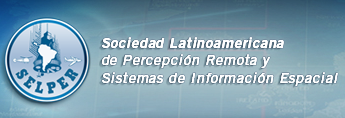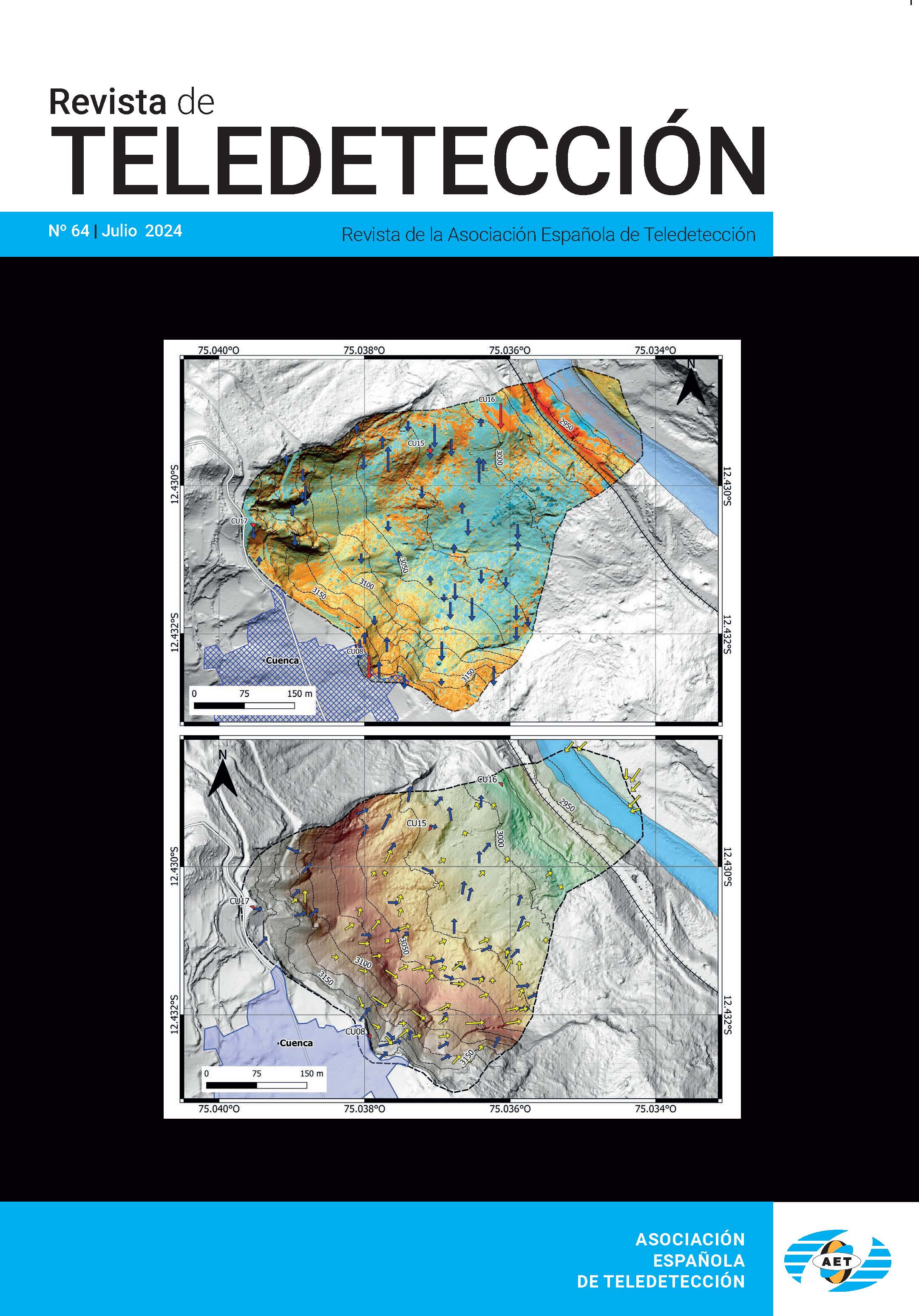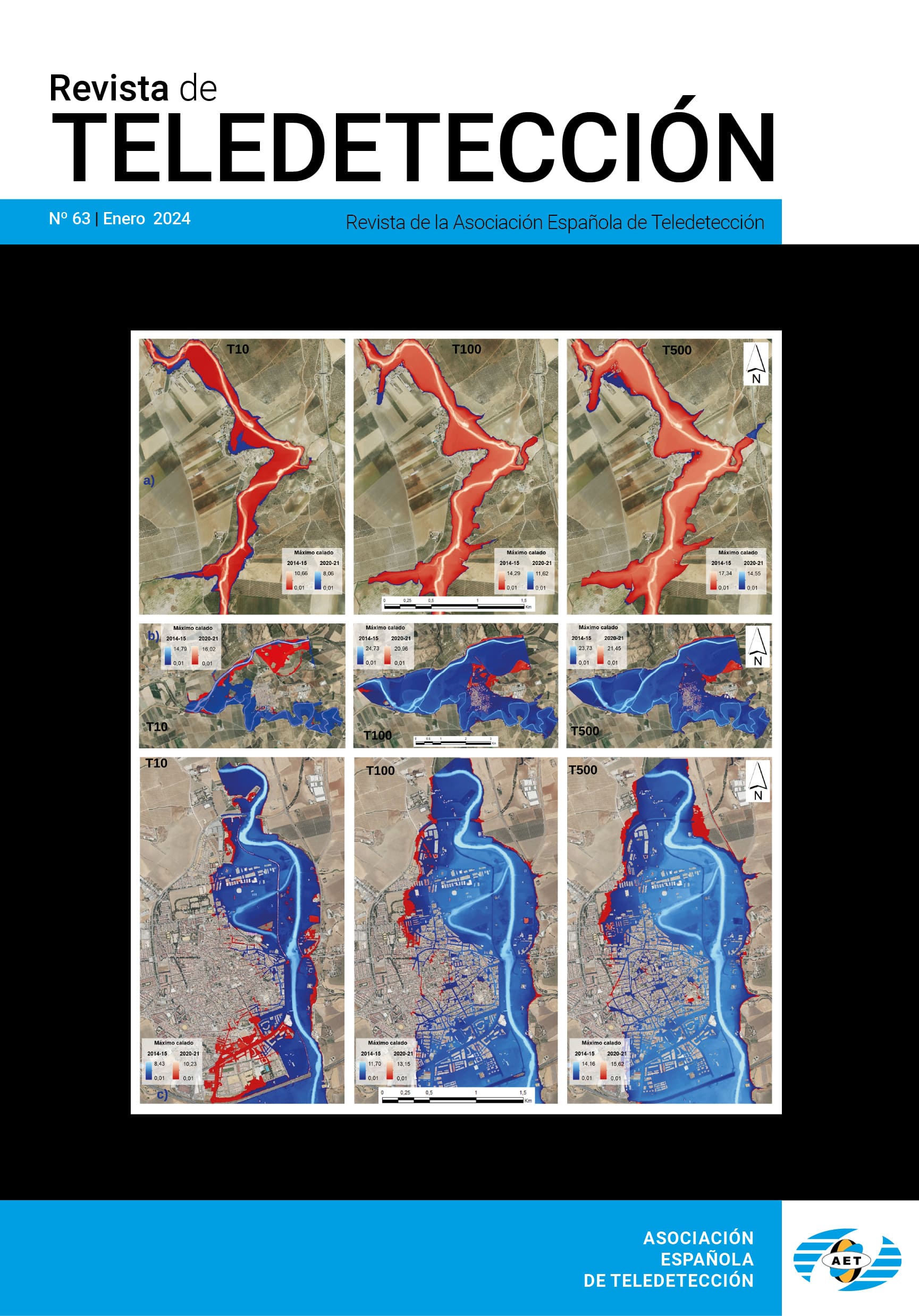Algoritmo de estimación de la temperatura de la superficie terrestre con el MSG2: test y comparación con datos in situ y ...
M. Atitar, J.A. Sobrino, J.C. Jiménez, R. Oltra, Y. Julien, G. Sòria, A. Ruescas, V. Hidalgo, B. Franch y C. Mattar
RESUMEN
El objetivo principal de este artículo es desarrollar un algoritmo operacional para la estimación de la Temperatura de la Superficie Terrestre (TST) usando los canales del visible y del infrarrojo térmico del sensor Spinning Enhan-ced Visible and Infrared Imager (SEVIRI) instalado a bordo del segundo satélite de la serie Meteosat Second Ge-neration (MSG2, también conocido como Meteosat 9). El algoritmo esta basado en el método Split-Window y uti-liza dos canales del infrarrojo térmico (IR10.8 e IR12.0). Se ha utilizado el código de transferencia radiativa MODTRAN 4.0 para obtener los coeficientes numéricos del algoritmo propuesto. Los resultados muestran que el algoritmo es capaz de estimar la TST con una desviación estándar de 0.7 K y con un Error Cuadrático Medio (ECM) de 1.3 K, para un ángulo cenital de observación inferior a 50º. El algoritmo se ha aplicado a una serie de imágenes MSG2 adquiridas con un sistema de recepción de datos MSG instalado en el Laboratorio de Procesa-miento de Imágenes (IPL: Imaging Processing Laboratory) de la Universidad de Valencia. El producto TST se ha validado a partir de datos in situ obtenidos durante la campaña de medidas CEFLES2 (CarboEurope, FLEX and Setinel-2) de la Agencia Espacial Europea (ESA: European Space Agency). También se ha realizado una compa-ración con productos del proyecto Land Surface Analysis Satellite Applications Facility (LANDSAF) así como productos del sensor Moderate Resolution Imaging Spectroradiometer (MODIS). Los resultados muestran un ECM de 1.5 K en la comparación con productos MODIS y de 0.9 K en la comparación con productos LANDSAF.
PALABRAS CLAVE: : Temperatura de Superficie terrestre, Meteosat second generation (MSG), Spinning Enhanced Visible and Infrared Imager (SEVIRI), Split window (SW), LANDSAF ( Land Surface Analysis Satelli-te Applications Facility), MODIS (Moderate Resolution Imaging Spectroradiometer)
ABSTRACT
The main purpose of this paper is to give an operational algorithm for retrieving the Land Surface Temperature (LST) using the Spinning Enhanced Visible and Infrared Imager (SEVIRI) data onboard the Meteosat Second Generation (MSG2)/ Meteosat 9 Satellite. The algorithm is a split window method using the two thermal infrared channels (IR10.8 and IR12.0). MODTRAN 4.0 code was used to obtain numerical coefficients of the algorithm proposed. The results show that the algorithm is capable to produce LST with a standard deviation of 0.7 K and a Root Mean Square Error (RMSE) of 1.3 K, both of them for viewing angles lower than 50º. The algorithm has been applied to a series of MSG2 images obtained from a MSG antenna system installed at the Imaging Process-ing Laboratory (IPL) in the University of Valencia. The LST product has been validated using in situ data col-lected in the framework of an European Space Agency (ESA) field campaign named CEFLES2 (CarboEurope, FLEx and Sentinel-2) carried out in 2007 in Bordeaux (France). LST retrievals have been also compared against Land Surface Analysis Satellite Applications Facility (LANDSAF) and Moderate Resolution Imaging Spectrora-diometer (MODIS) products over different surfaces and under different viewing angles. The results show a RMSE of 1.5K when compared to MODIS LST products, and 0.9 K when compared to LANDSAF products.
KEYWORDS: Land Surface Temperature (LST), Meteosat Second Generation (MSG), Spinning Enhanced Visible and Infrared Imager (SEVIRI), Split Window (SW), LANDSAF (Land Surface Analysis Satellite Applica-tions Facility), MODIS (Moderate Resolution Imaging Spectroradiometer)
PULSE AQUI PARA DESCARGAR EL ARTÍCULO COMPLETO.








